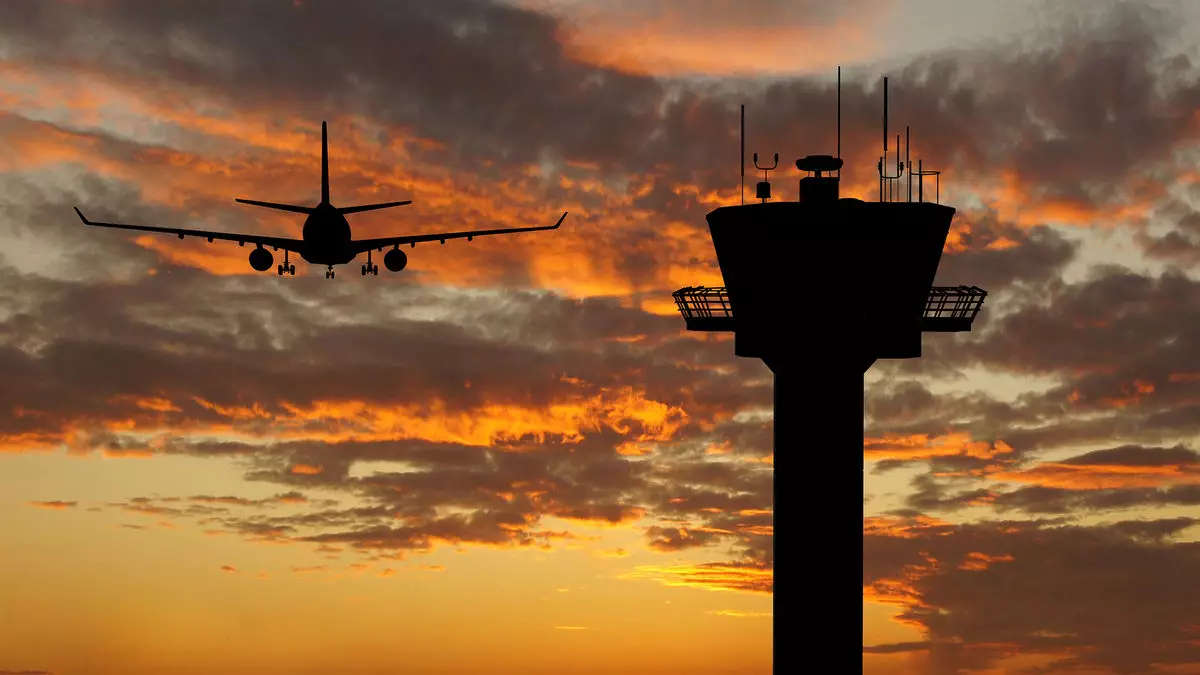The recent signing of a comprehensive budget and policy bill by President Trump marks a pivotal moment in the evolution of United States aviation infrastructure. Central to this legislation is a $12.5 billion commitment aimed at revamping the antiquated air traffic control (ATC) system. While this infusion of funds is undoubtedly a milestone—heralded by industry stakeholders as a crucial first step—the underlying reality remains that the project’s magnitude far exceeds current allocations. With estimates suggesting a total cost approaching $31 billion, the initial budget is less than half of what is necessary to achieve a fully modernized, efficient, and safe ATC network.
The magnitude of this undertaking cannot be understated. Upgrading telecommunications infrastructure, replacing radar systems, and constructing new control centers require not only massive financial investment but also meticulous planning and unprecedented coordination. Although the bill marks a significant political and administrative victory, the industry’s cautious optimism underscores a sobering truth: More substantial, sustained funding will be imperative to see this vision through within the four-year timeline outlined by Secretary Sean Duffy. Without this, the risk exists that the project may stall midway, leaving the future of U.S. air travel still shackled by outdated technology.
Industry Advocates’ Mixed Optimism and Underlying Concerns
Stakeholders across the aviation ecosystem have responded positively yet critically to the legislation. Groups like Airports Council International—North America, Airlines for America, and the Modern Skies Coalition have expressed their support, emphasizing that the funding is a vital “first step” toward modernization. The Modern Skies Coalition notably advocates for resolute collaboration among lawmakers, regulators, and industry players to ensure that investments translate to tangible improvements such as safety enhancements, greater operational efficiency, and expanded capacity.
Nonetheless, these groups are also painfully aware of the substantial hurdles that lie ahead. The $12.5 billion figures, although impressive in political terms, are insufficient for the complex and costly demands of a comprehensive overhaul. Their repeated calls for further investments highlight an essential point: Technological upgrades alone will not solve systemic issues if staffing shortages and operational constraints are not addressed simultaneously. The recent tragedies and service disruptions—such as the January collision near Washington D.C. and spring outages—confront the industry with a stark reminder that an underfunded, outdated ATC system jeopardizes safety and efficiency alike.
The advocacy is underpinned by a pragmatic realism: The scope of the transformation demands a long-term financial commitment that goes beyond the initial spending package. Industry leaders recognize that without dedicated, continuous funding, the ambitious 2027 deadline for full transformation remains optimistic rather than realistic.
Beyond ATC: Broader Impacts and Political Dynamics
This bill’s significance extends into other facets of the aviation ecosystem, illustrating the interconnected nature of transportation infrastructure. Notably, more than $6.1 billion earmarked for Customs and Border Protection aims to expedite passenger and cargo processing, reflecting an understanding that passenger experience and security are integral to the broader narrative of U.S. competitiveness and global mobility.
A particularly progressive element of the bill is its extension of a tax credit for sustainable aviation fuel (SAF) production until 2029. Amid rising climate concerns, this provision signals a rare bipartisan acknowledgment of the vital role that environmentally friendly practices will play in the future of air travel. While the Trump administration at times showed resistance to climate initiatives, political pressures from farming communities bolstered the survival of these credits. This alliance between environmental goals and agricultural interests exemplifies how complex policy landscapes are increasingly shaped by diverse stakeholder coalitions, often blending seemingly conflicting priorities.
However, some critics argue that this focus on incremental reform and targeted investments, while necessary, might conflate progress with transformation. The aviation industry’s long-term goal should not merely be patchwork upgrades but a fundamental rethinking of how air traffic is managed, how fuels are produced, and how the entire ecosystem adapts to the pressing demands of sustainability and technological innovation.
Decisions made today arguably lay the groundwork for a future where U.S. air travel remains competitive, safe, and environmentally conscious—but only if these investments are sustained, strategic, and coupled with bold policy shifts beyond mere financial injections. The challenge lies not just in securing the funding but in fostering a political and industry climate conducive to continuous, adaptable development that aligns with emerging technological realities and environmental imperatives.


Leave a Reply